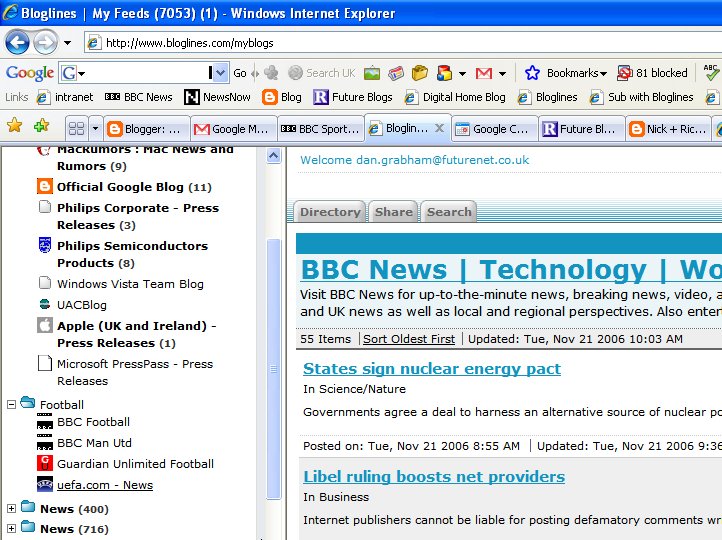Neural nets predict click-through behaviour
Scientists hope to boost SEO systems with new research

Researchers have trawled through thousands of search engine queries with neural networks to find out just what makes us click on certain links.
Jim Jansen, associate professor of information sciences and technology, Penn State, used search logs from Dogpile.com to find the factors that predicted increased or decreased user click-throughs - and found nine factors that can help predict future click-through rate.
Five factors having positive effects on click-throughs were the number of records in a search, the sum of listing ranks, mean query length, browser type and query time.
"From a practical point of view, the more that a user reformulates the initial query, the click-through will increase, although there may be individual queries where the user clicks on no links," Jansen said.
Search later, click less
He also found four factors that decreased click-throughs: the number of organic links clicked, rate of vertical type, time of first query and log in time.
Strangely, the user's actual intent - whether they were looking for information, to make a transaction or to navigate somewhere - did not have a significant impact on predicting future click-throughs.
Sign up for breaking news, reviews, opinion, top tech deals, and more.
Jansen and his team used neural networks because they are modeling tools that can capture relationships between input and output. They took results from the Dogpile search engine transaction log and created input and output values for the neural network.
The researchers found that more searchers clicked through early in the day and more searchers using Internet Explorer clicked through. They also found that searchers who clicked through more often, used longer than average queries, modified their queries more than the average searcher and searched for a longer period of time than average.
Mark Harris is Senior Research Director at Gartner.